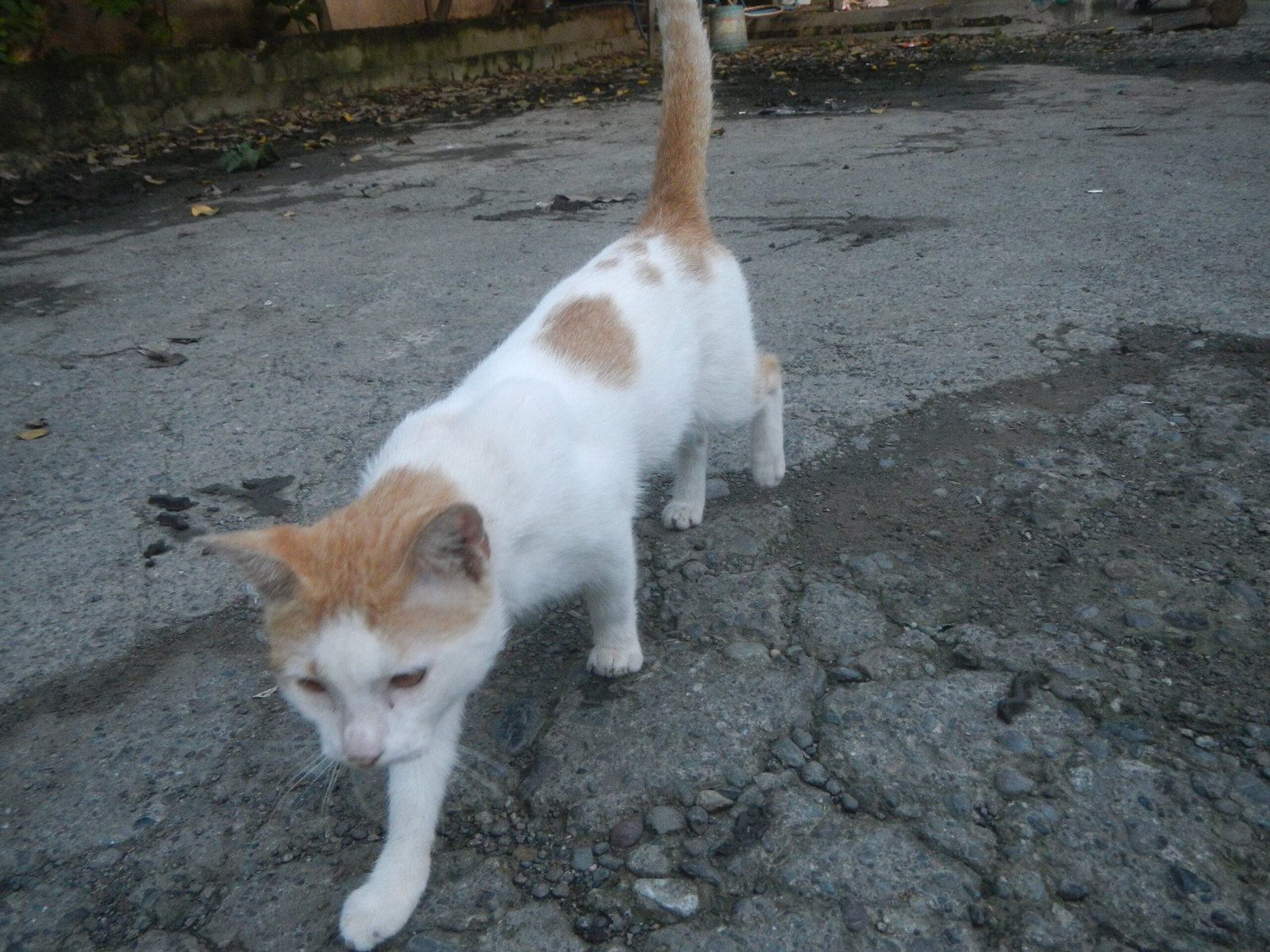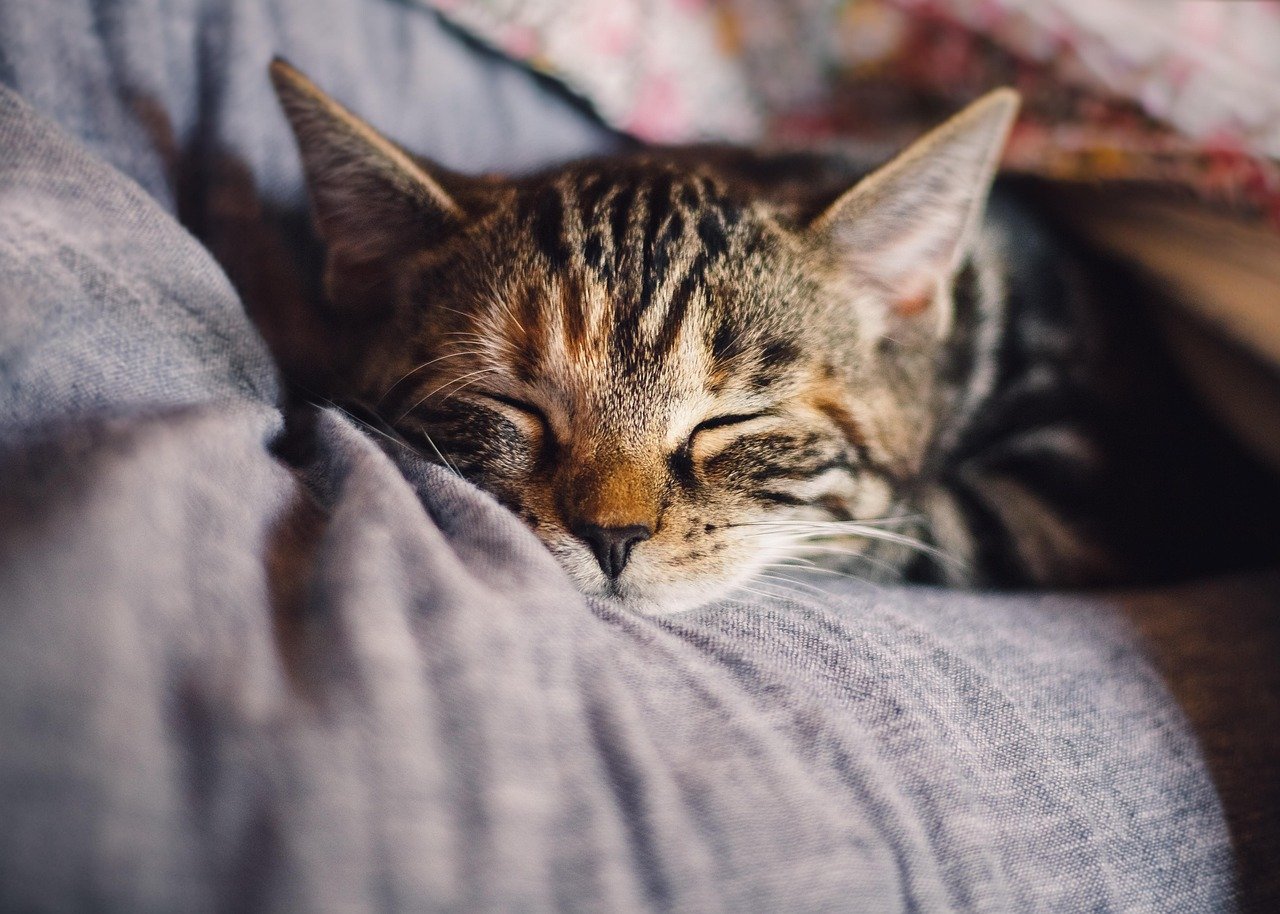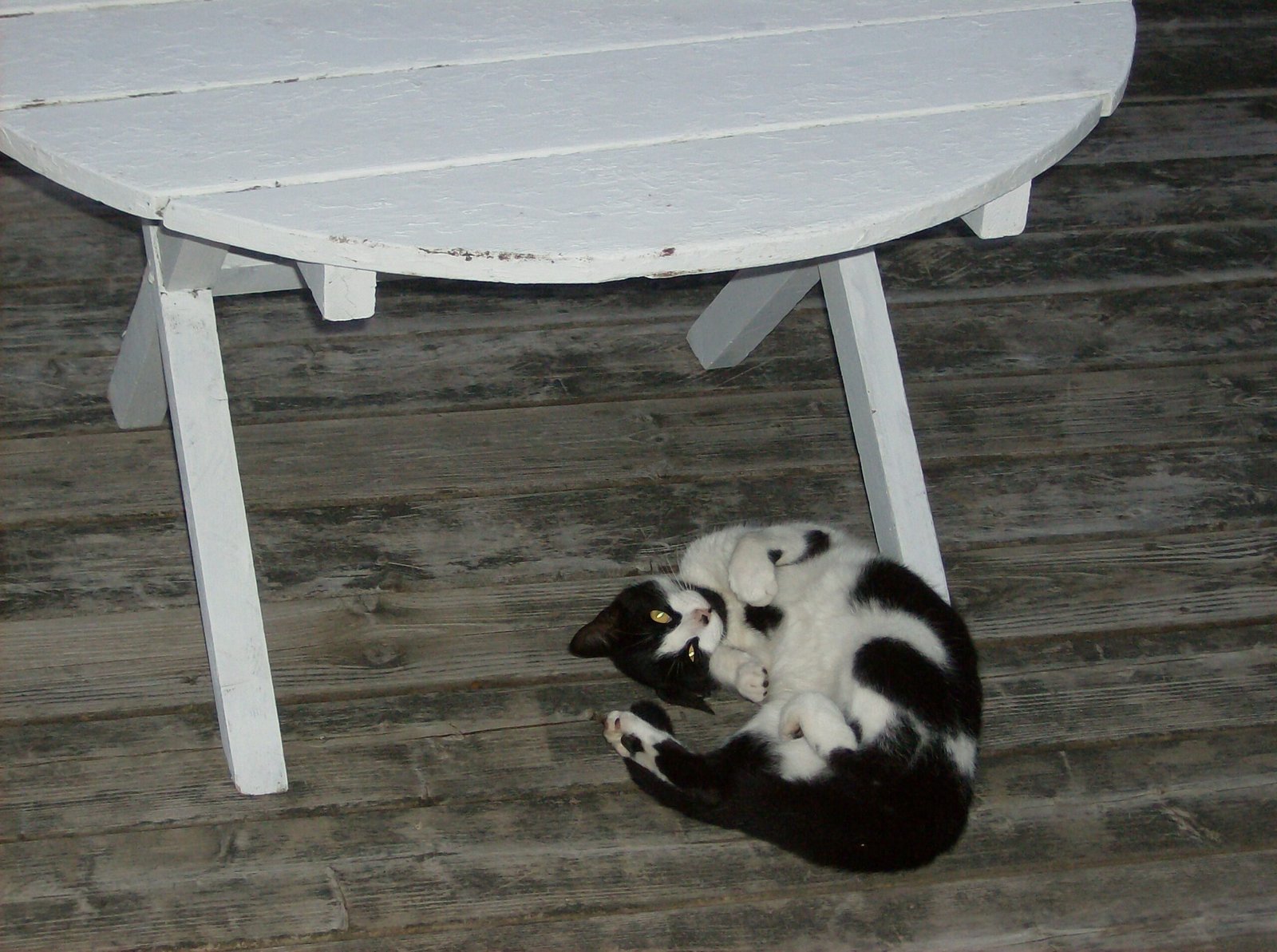Cats may have a reputation for being independent, but many crave more attention than they let on. From gentle headbutts and following you around the house to sudden mischief or excessive meowing—these are often their not-so-subtle hints. A cat that constantly seeks eye contact or curls up beside you could be asking for more bonding time. The good news? Meeting their emotional needs can be as simple as daily play, cuddles, or even chatting with them. Understanding their signals helps you build a stronger, more affectionate relationship. After all, a happy cat makes for a happier home.
1. Persistent Meowing

If your cat starts talking to you more than usual, that’s a major clue. Cats don’t meow at each other much in the wild; they save that vocal magic just for us. When your normally quiet kitty becomes a chatterbox, it’s their way of saying, “Hey, remember me?” The tone and volume can vary—sometimes it’s a soft, insistent mew, other times a full-on yowl. I remember my own cat, Luna, would serenade me every evening when she thought dinner was a bit too late. If you notice this behavior, try responding with gentle petting, engaging in play, or simply talking back. Even a short cuddle session can make them feel heard and loved.
2. Following You Everywhere

Does your cat act like a furry shadow, trailing you from the kitchen to the bathroom and back? This isn’t just typical curiosity; it’s often a sign they crave your presence. Some cats even insist on squeezing into the tiniest spaces just to be near you. It’s their way of saying, “You’re my person, and I want to be wherever you are.” Offering them a cozy spot nearby, like a soft bed or blanket in your favorite room, can help you bond without tripping over each other. Sometimes, all they want is to be included in your daily routines.
3. Pawing at You
When your cat reaches out and gently taps you with a paw—or maybe a not-so-gentle swat—they’re asking for your focus. This gesture is a little like a child tugging at your sleeve. It can be adorable, but also a bit demanding! If you’re busy, try setting aside a few minutes to give them undivided attention. A quick play session with a favorite toy or even a few affectionate strokes can satisfy their need for interaction. Remember, cats are experts at getting their point across without saying a word.
4. Knocking Things Over
Ever found your favorite mug on the floor, courtesy of your cat’s mysterious “accident”? This mischievous act is often a plea for attention. When they feel ignored, some cats escalate their antics, knowing you’ll have to react. It’s like they’re saying, “If you won’t notice me, you’ll definitely notice this!” To curb the chaos, try redirecting their energy with interactive toys or puzzle feeders. Engaging play not only entertains them but also reassures them that you care.
5. Sitting on Your Laptop or Book
Few things are as universal among cat owners as the experience of a cat settling right on top of your laptop, book, or newspaper. This isn’t random; it’s a calculated move for attention. Cats love warmth, but they also want to insert themselves into whatever has your attention. The solution? Give them their own “workstation”—a cozy bed or box right next to yours. Reward them for using it with treats or gentle pets, and they’ll soon learn they can be close without disrupting your Zoom calls.
6. Excessive Grooming or Self-Biting

Sometimes, a cat’s bid for attention takes the form of over-grooming or even biting at their own fur. This can be a sign of stress or loneliness, especially if you’ve been busier than usual. If you notice bald patches or unusual grooming habits, it’s time to check in with your cat emotionally—and possibly with your vet. Spend more time engaging in gentle play or cuddles. Creating a routine helps them feel secure and loved. In some cases, adding a new toy or scratching post can help redirect their nervous energy.
7. Bringing You “Gifts”
Nothing says “I love you, pay attention to me” quite like a dead mouse on your doorstep—or, if your cat is strictly indoors, maybe a favorite toy deposited at your feet. Cats show affection by sharing their “hunting” successes with their humans. Take a moment to acknowledge these offerings, even if they’re a little gross. Give them a treat, some praise, or a play session as thanks. Your reaction tells your cat their efforts are appreciated, and it strengthens your bond.
8. Head Butting and Nuzzling
When your cat bumps their head against you or nuzzles your face, it’s a sign of deep trust and affection. This behavior, called “bunting,” is how cats mark their territory—and you’re their favorite territory of all. Responding with gentle strokes and soft words reassures them and returns the affection. This close contact is soothing for both of you and can turn a stressful day into a warm, fuzzy one in seconds.
9. Sleeping on You or Your Clothes

There’s something touching about a cat choosing to nap on your lap or nestling into a pile of your clothes. Your scent is comforting to them, and seeking out your warmth is a clear sign they want to be as close as possible. If you find yourself pinned by a sleepy cat, take it as the compliment it is. Make time for these cuddle sessions, even if it means pausing your chores for a bit. It’s a small sacrifice for a huge emotional payoff.
10. Ignoring Food When You’re Around
Some cats abandon their food bowls when you’re nearby, choosing instead to focus all their energy on you. This can seem odd, but it’s a way of prioritizing your company over everything else. Try hand-feeding them or sitting with them during meals to make eating a social occasion. This shared experience deepens your bond and reassures your cat that you’re present, even during the most routine moments.
11. Sudden Changes in Litter Box Habits

It might surprise you, but cats sometimes act out by avoiding their litter box when they feel neglected or anxious. If your well-trained kitty suddenly starts having accidents, it could be a sign they’re craving attention—or feeling stressed. Don’t scold them; instead, look for changes in your routine that might have triggered the behavior. Spend extra time playing and cuddling, and make sure their litter box is clean and comfortable. If the issue persists, consult a vet to rule out medical causes.
12. Staring at You Intensely
A long, unblinking stare from your cat might feel a little eerie, but it’s often a sign they want your attention. Sometimes they’ll blink slowly, a gesture known as a “cat kiss.” You can return the favor with your own slow blink to communicate love and trust. Taking a break to interact—whether with gentle touches or a quick game—shows your cat you’re tuned in to their needs.
13. Playful Attacks on Feet or Hands
Has your cat ever ambushed your toes under the blanket or pounced on your fingers as you reach for the remote? Playful attacks are often a cat’s way of saying, “Notice me!” While it can sting, especially if claws are involved, redirecting this energy with appropriate toys helps satisfy their hunting instincts and need for attention. Engaging in regular play sessions can prevent these sneak attacks and give your cat a healthy outlet for their energy.
14. Loud Purring and Rolling Over

When your cat greets you with loud purring, flops onto their back, and shows you their belly, it’s a sign they’re comfortable and seeking more of your love. This vulnerable pose is an invitation for belly rubs—if your cat enjoys them—or gentle pets. Responding to these cues strengthens your relationship and lets your cat know you’re always ready for a snuggle. It’s hard not to smile when you see your cat so content and eager for your affection.
15. Restless or Destructive Behavior
If your usually chill cat starts zooming around the house, scratching furniture, or knocking over objects more than usual, they might be bored and desperate for your attention. This restless energy can lead to destructive habits if left unchecked. Try introducing new toys, climbing structures, or interactive feeders to keep them entertained. Spending quality time together every day, even just a few minutes of focused play, can work wonders for their mood and behavior.
At the end of the day, your cat’s quirky cues are just their way of saying, “Hey, I need a little more love!” Whether it’s extra playtime, cozy snuggles, or simply being present, giving them that attention goes a long way. Tuning into their signals not only keeps them content but also deepens the bond you share. After all, a well-loved cat is a happy (and less mischievous) cat.

Esther is from India; the heartbeat of South Asia, holding a Master’s degree in Zoology and a postgraduate diploma in Animal Welfare. Her enthusiasm for animal welfare drives her passion and dedication to working for animals, ensuring their well-being, and advocating for their rights. With a solid academic background and hands-on experience, she is committed to making a positive impact in the field of animal welfare. In her free time, she enjoys embroidery and sewing. As a Chennaite from Tamil Nadu, Esther loves Bharathanatyam, an Indian classical dance form.





